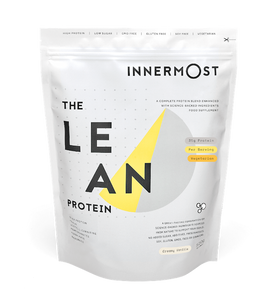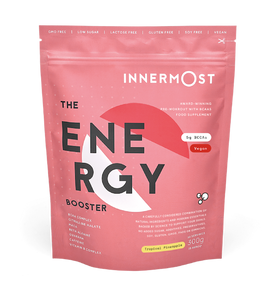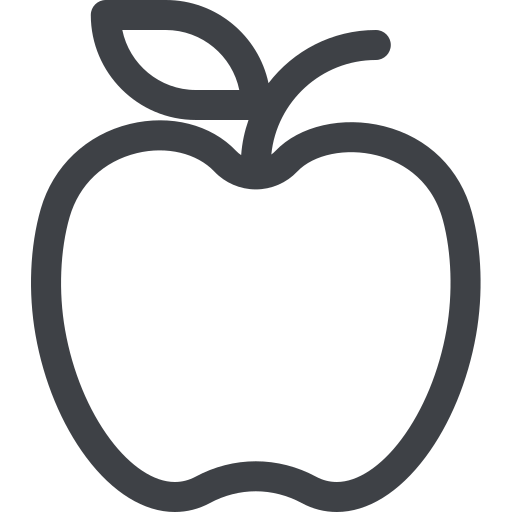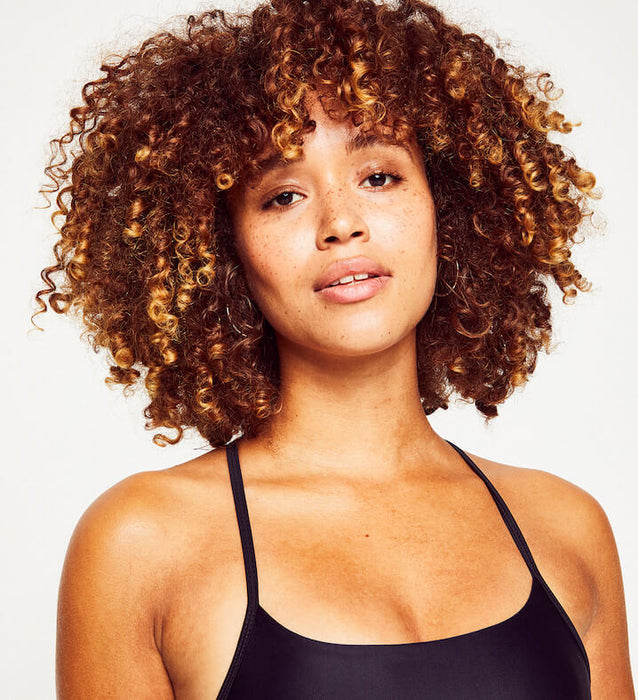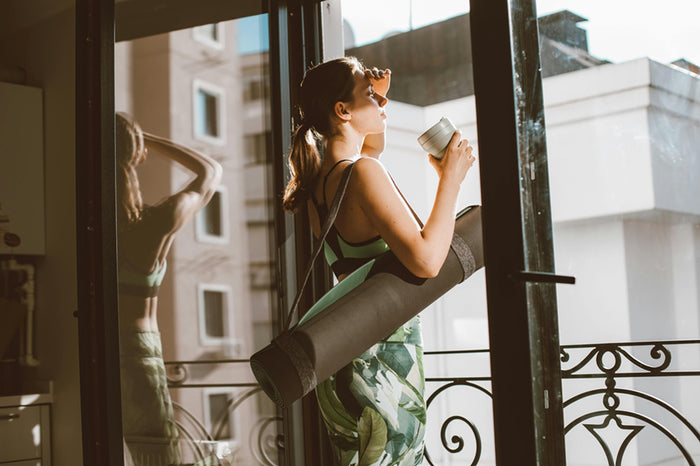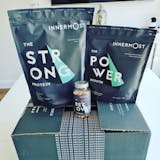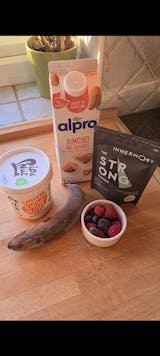Dumbbell exercises for your arms are a great way to build you upper body strength. They are simple yet effective for anyone who wants to start in the gym, or even add to their regular routine. Don’t just rush into picking up the heaviest weight and expect results over night though, as tempting as it may be, you have to find a good weight for you to start with and work up from there. Once you have your routine and the right workout support like the Strong Protein, you have a recipe for toned arm success!
If you have a 1L water bottle it will roughly weigh about 1kg. Fill it up and try a few bicep curls with it, you may find 1kg dumbbell is a good starting point for you. If that was simply too easy for you, you can try a 5L bottle which is approximately 5kg and again try some bicep curls with it. This is a good way to test out your weight before buying dumbbells or struggling at the gym. If you don’t have water bottles of this size, you can check with objects around you house to gauge the weight you can manage.
It’s important you choose a weight that isn’t too heavy, if you are lifting a weight that you can’t manage, other muscles that you aren’t targeting pitch in to help the targeted muscle. These other muscles may not have the strength to lift this weight which can lead to straining your muscles, sprains, twists, or further injuries. So, it’s best to stick to something slightly under your tolerance than over.
Once you have selected the weight you wish to start with, it’s time to start toning those arms!
Arm exercises for beginners
If your new to arm day, it can be hard if you’re not familiar with using dumbbells. Don’t stress, every arm day pro started somewhere! It’s important to include these dumbbell exercises into your workout routine as it builds strength and full body stabilisation as well as getting you ready for further exercises such as bilateral or unilateral and further strength training.
Some great beginner arm exercises are:
- Bicep Curl - Start with your chosen dumbbell in each hand. Lift your weight to shoulder-level while keeping your elbows at your sides. Then gradually lift back down to your starting position, repeat this about 10 times for 3 sets. This exercise does what it says on the tin, works out the muscles at the front of your arms, the biceps.
- Palms-up wrist curl – Start with your smallest weight dumbbells and sit up on a chair. Make sure your knees are at a 90degree angle to the floor. With your palms up, hold the dumbbells resting your forearms on your thighs allowing your hands to hover past your knees. Relaxing your hands allowing the weights to slightly fall and then curl the weights in your hands up, returning to your starting position. Repeat this 10 times.
- Palms-down wrist curl - Very similar to the palms-up, only your rest position is over your knees. This curl may need a lighter weight compared to the one you used for the palms up. The palms-down wrist curl works on your extensor muscles at the top of your forearm.
Look at you getting the hang of this! Once you have these under wraps, you can start to move onto further arm toning exercises with your dumbbells.
Arm toning exercises
Toned strong arms can have many benefits, beside the fact that you have stronger arms, they can also help people look good and boost their confidence.
The first dumbbell exercise to tone your arms is the bench press. It reduces your muscle imbalances by challenging them. Strengthening your triceps, lats and deltoids.
- Dumbbell bench press – Start with lying on the bench with your back flat and your feet on the floor. Ensuring your feet are firmly on the floor gives you a stable position ensuring complete safety. Hold your arms tight by your sides, then raise your dumbbells up with your palms always facing forward. Lower your arms back down to your chest with your elbows at your side. Repeat this movement, and you have a dumbbell bench press!
- Dumbbell bent over row – This exercise works not only on your arms, but on your back and shoulders too. Strengthening your latissimus dorsi, you middle and lower trapezius, rhomboids and your posterior deltoids.
Hold your dumbbells and slightly bend your knees and angle your hip so your upper body is parallel to the floor. Make sure your core is kept tight and your back is straight. Start to row the weights all the way up to your chest and back down again. And Repeat!
- Dumbbell upright row – This one targets your biceps, as well as your shoulders (deltoids) and your upper back (traps). Hold your dumbbells one in each hand, and vertically lift them up so they are parallel with your collarbone. Then lower them back down. It’s a simple move but with repetition and consistency as long as you master the technique you can maximise your muscle building potential.
Once you have completed your dumbbell exercises, it’s important to make sure you have an active recovery period. With the help of our Recover Capsules, you can make sure you have fully maximised your performance and warmed down to avoid feeling sore. Good going you will have super toned arms in no time! Keep up the good work.

